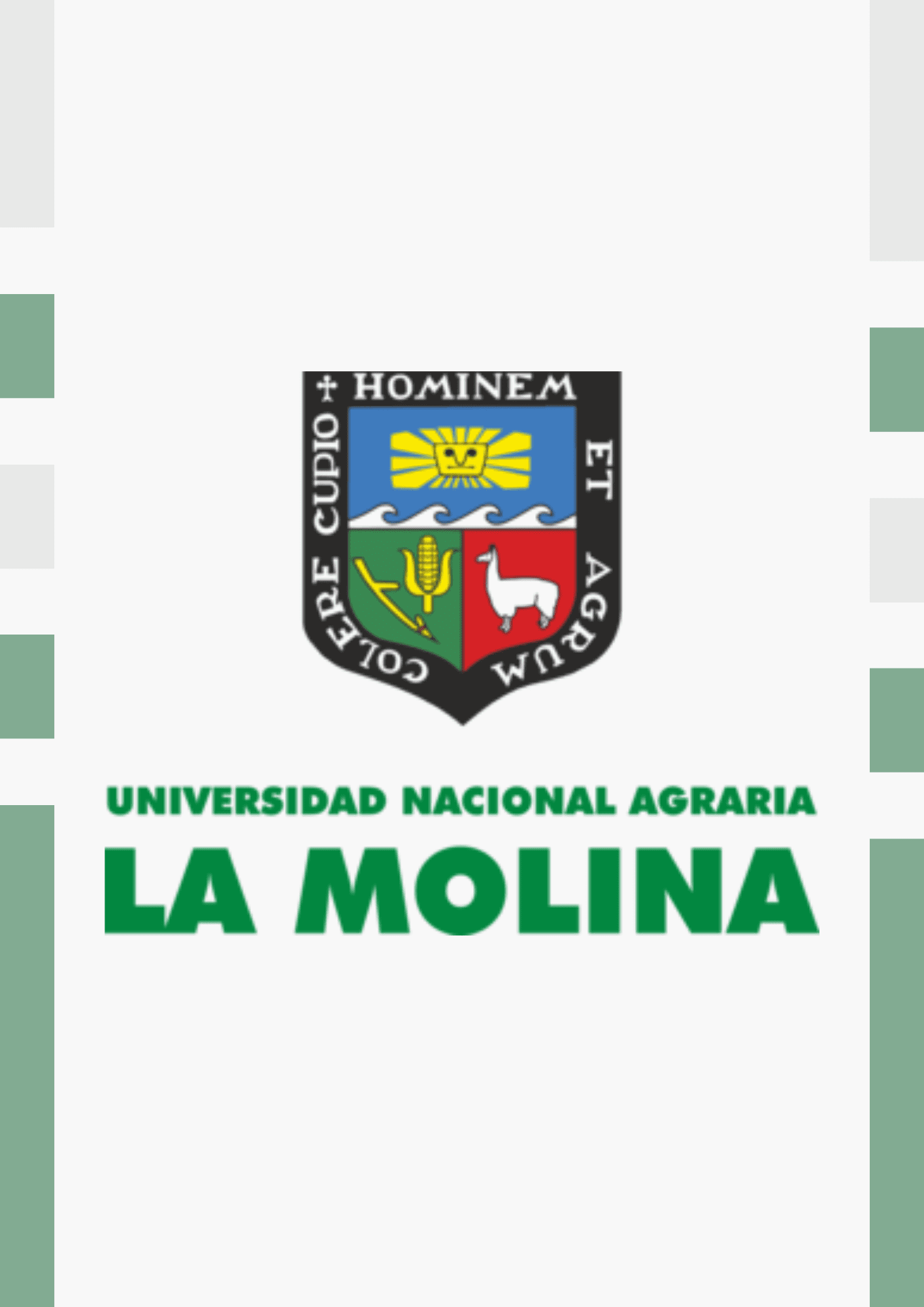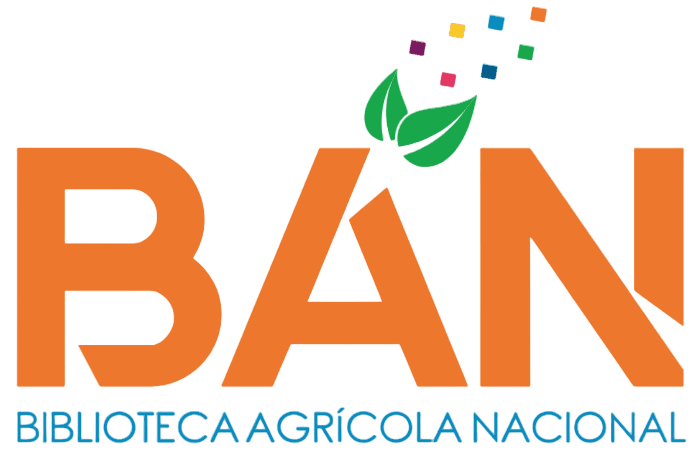Sistema de recuperación, producción y abastecimiento de semilla certificada de algodón (Gossypium barbadense L.)
| dc.contributor.advisor | Figueroa Serrudo, Cecilia Emperatriz | |
| dc.contributor.author | Moreno Paredes, Suzzan Ana | |
| dc.date.accessioned | 2025-02-17T18:54:42Z | |
| dc.date.available | 2025-02-17T18:54:42Z | |
| dc.date.issued | 2025 | |
| dc.description | Universidad Nacional Agraria La Molina. Facultad de Agronomía. Departamento Académico de Fitotecnia | |
| dc.description.abstract | La cadena productiva del algodón ha perdido la fortaleza de sus años de gloria, donde el algodón peruano era reconocido a nivel mundial. Los factores involucrados en esta situación son múltiples y complejos. Partiendo de la evolución del mercado y del arraigo de los agricultores en técnicas del pasado, así como el deterioro de la calidad de fibra por el uso de pepa, el inadecuado manejo agronómico, la falta de fitomejoramiento en variedades tradicionales. El Perú algodonero está en un momento decisivo, cada día son menos los productores, el comercio ilegal de pepa se ha arraigado y la industria textil sigue creciendo en base a fibra importada, de menor precio y mejor calidad. Se podría pensar que todo está perdido, pero aún hay mucho por hacer. Teniendo en cuenta la necesidad de la industria de contar con algodón peruano de buena calidad, del interés de dar impulso al cultivo expresado en las declaraciones del Estado, del empuje de los obtentores por seguir manteniendo la calidad de la fibra peruana y, de la necesidad de muchos agricultores de sostenerse en el algodón. El presente trabajo monográfico describe acciones para reestructurar el funcionamiento de la cadena productiva del algodón a partir del uso de semilla certificada. Siendo el primer eslabón de la cadena, el productor es indispensable centrarnos en promover acciones que incrementen la tasa de uso de semilla certificada a través del compromiso de los agricultores, de la capacitación de los mismos, del cumplimento de reglamentos establecidos, de la inversión en mejoramiento genético, del fortalecimiento de la autoridad en semillas y su respectivo cumplimiento de funciones, de alianzas estratégicas entre el sector público y privado, todo en pro de la mejora de la competitividad de la cadena productiva del algodón peruano, lo cual permita abastecer al exigente mercado nacional e internacional. | |
| dc.description.abstract | The cotton production chain has lost the strength of its glory years, when Peruvian cotton was recognized worldwide. The factors involved in this situation are multiple and complex. Starting with the evolution of the market and the farmers' roots in the techniques of the past, as well as the deterioration of fiber quality due to the use of seed, inadequate agronomic management, and the lack of plant breeding in traditional varieties. Peru's cotton industry is at a turning point; there are fewer and fewer producers, the illegal seed trade has taken root, and the textile industry continues to grow based on imported fiber, which is cheaper and of better quality. One might think that all is lost, but there is still much to be done. Taking into account the industry's need for good quality Peruvian cotton, the interest in promoting the crop as expressed in the State's declarations, the push of plant breeders to continue maintaining the quality of Peruvian fiber and the need of many farmers to sustain themselves in cotton, this case study describes actions to improve the quality of Peruvian cotton. This case study describes actions to restructure the functioning of the cotton production chain through the use of certified seed. Being the first link in the chain, the producer, it is essential to focus on promoting actions to increase the rate of use of certified seed through the commitment of farmers, their training, compliance with established regulations, investment in genetic improvement, strengthening of the seed authority and its respective functions, strategic alliances between the public and private sectors, all in favor of improving the competitiveness of the Peruvian cotton production chain, which allows supplying the demanding national and international market. | |
| dc.format | application/pdf | |
| dc.identifier.uri | https://hdl.handle.net/20.500.12996/6976 | |
| dc.language.iso | spa | |
| dc.publisher | Universidad Nacional Agraria La Molina | |
| dc.publisher.country | PE | |
| dc.rights | info:eu-repo/semantics/openAccess | |
| dc.rights.uri | https://creativecommons.org/licenses/by-nc-nd/4.0/ | |
| dc.subject | Semilla certificada | |
| dc.subject.ocde | Pendiente | |
| dc.title | Sistema de recuperación, producción y abastecimiento de semilla certificada de algodón (Gossypium barbadense L.) | |
| dc.type | info:eu-repo/semantics/bachelorThesis | |
| dc.type.version | info:eu-repo/semantics/publishedVersion | |
| renati.advisor.dni | 09303351 | |
| renati.advisor.orcid | https://orcid.org/0000-0002-3800-132X | |
| renati.author.dni | 40755290 | |
| renati.discipline | 811036 | |
| renati.juror | Pinedo Taco, Rember Emilio | |
| renati.juror | Chura Chuquija, Julián | |
| renati.juror | Blas Sevillano, Raúl Humberto | |
| renati.level | https://purl.org/pe-repo/renati/level#tituloProfesional | |
| renati.type | https://purl.org/pe-repo/renati/type#trabajoDeSuficienciaProfesional | |
| thesis.degree.discipline | Agronomía | |
| thesis.degree.grantor | Universidad Nacional Agraria La Molina. Facultad de Agronomía | |
| thesis.degree.name | Ingeniero Agrónomo |
Files
Original bundle
1 - 3 of 3
Loading...
- Name:
- moreno-paredes-suzzan-ana.pdf
- Size:
- 2.28 MB
- Format:
- Adobe Portable Document Format
- Description:
- Texto completo

- Name:
- IO-20-2025-Moreno.pdf
- Size:
- 3.29 MB
- Format:
- Adobe Portable Document Format
- Description:
- Informe originalidad

- Name:
- BAN-Moreno.pdf
- Size:
- 2.05 MB
- Format:
- Adobe Portable Document Format
- Description:
- Autorización
License bundle
1 - 1 of 1

- Name:
- license.txt
- Size:
- 1.63 KB
- Format:
- Item-specific license agreed upon to submission
- Description:

